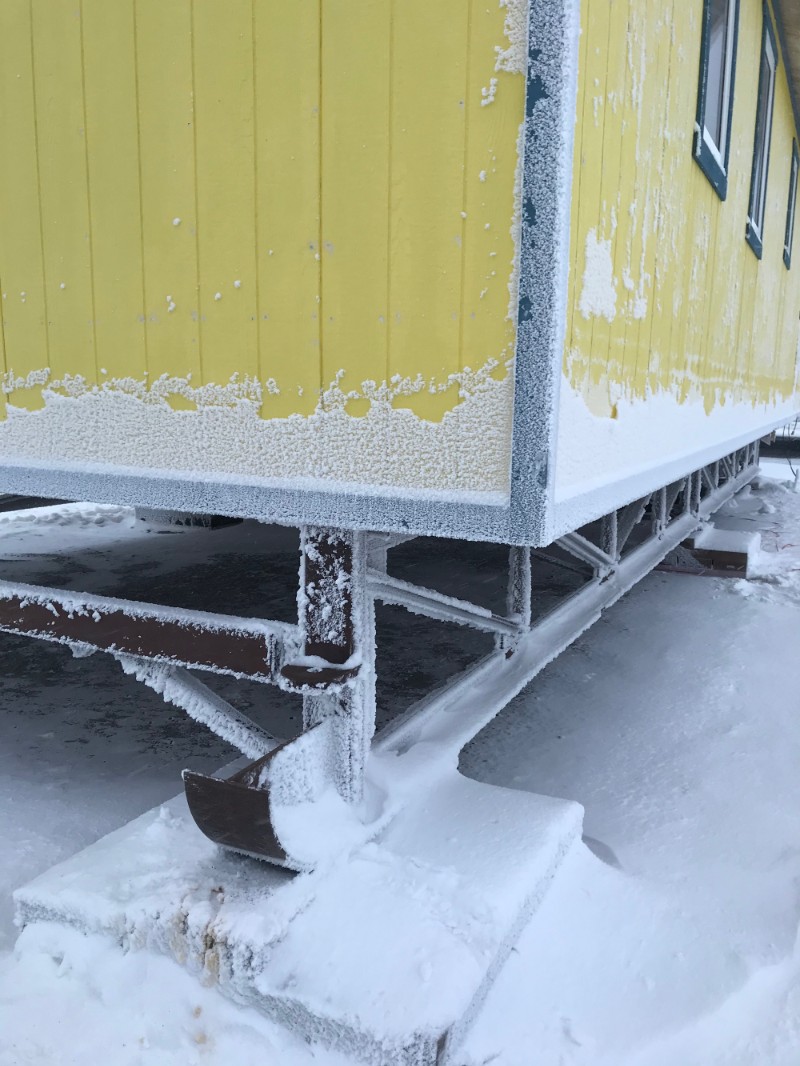
- Details
- By Jenna Kunze
Tribal communities will soon have access to $46 million in funding to combat impacts of climate change, according to an announcement from the Department of the Interior today.
The funding, included in President Biden’s Bipartisan Infrastructure law, is available for projects and initiatives that focus on climate resilience and adaptation, ocean and coastal management, community-driven relocation, and protection-in-place.
The lifeline comes as Indigenous communities are consistently bearing the brunt of climate change.
“As the effects of climate change continue to intensify, Indigenous communities are facing unique climate-related challenges that pose existential threats to Tribal economies, infrastructure, lives and livelihoods. Coastal communities are facing flooding, erosion, permafrost subsidence, sea level rise, and storm surges, while inland communities are facing worsening drought and extreme heat,” Secretary Deb Haaland, Laguna Pueblo, said in a statement. “President Biden’s Bipartisan Infrastructure Law’s historic investments in Tribal communities will help bolster community resilience, replace aging infrastructure, and provide support needed for climate-related community-driven relocation and adaptation.”
The Bipartisan Infrastructure Law provides a total of $466 million to the Bureau of Indian Affairs over five years, including $216 million for climate resilience programs. Of that funding, $130 million is provided for community relocation, $86 million is provided for Tribal climate resilience and adaptation projects, and $43.2 million will be available to spend annually for five years.
For more information on the funding opportunity, the Institute for Tribal Environmental Professionals Tribes and Climate Change Program will host a webinar on April 25, from 3:30-5:00pm eastern time. Registration is available online. Those who cannot attend will be able to watch an archived version.
More Stories Like This
In photos: Residents of Western Alaska Share Storm Damage of Ex-Typhoon HalongWhere the Buffalo Roam: Tribes Lead Bison Return for Food Sovereignty
Invasive fruit fly hits the Yakama Nation’s huckleberry fields
Former US Attorney General William Barr Challenges Religious Claims Over Oak Flat Mine
'Prepared to dig in for the long haul.' | Miccosukee Tribe, Environmental Groups, Dig in For Legal Fight Amid Alligator Alcatraz Setbackk
Help us tell the stories that could save Native languages and food traditions
At a critical moment for Indian Country, Native News Online is embarking on our most ambitious reporting project yet: "Cultivating Culture," a three-year investigation into two forces shaping Native community survival—food sovereignty and language revitalization.
The devastating impact of COVID-19 accelerated the loss of Native elders and with them, irreplaceable cultural knowledge. Yet across tribal communities, innovative leaders are fighting back, reclaiming traditional food systems and breathing new life into Native languages. These aren't just cultural preservation efforts—they're powerful pathways to community health, healing, and resilience.
Our dedicated reporting team will spend three years documenting these stories through on-the-ground reporting in 18 tribal communities, producing over 200 in-depth stories, 18 podcast episodes, and multimedia content that amplifies Indigenous voices. We'll show policymakers, funders, and allies how cultural restoration directly impacts physical and mental wellness while celebrating successful models of sovereignty and self-determination.
This isn't corporate media parachuting into Indian Country for a quick story. This is sustained, relationship-based journalism by Native reporters who understand these communities. It's "Warrior Journalism"—fearless reporting that serves the 5.5 million readers who depend on us for news that mainstream media often ignores.
We need your help right now. While we've secured partial funding, we're still $450,000 short of our three-year budget. Our immediate goal is $25,000 this month to keep this critical work moving forward—funding reporter salaries, travel to remote communities, photography, and the deep reporting these stories deserve.
Every dollar directly supports Indigenous journalists telling Indigenous stories. Whether it's $5 or $50, your contribution ensures these vital narratives of resilience, innovation, and hope don't disappear into silence.
 The stakes couldn't be higher. Native languages are being lost at an alarming rate. Food insecurity plagues many tribal communities. But solutions are emerging, and these stories need to be told.
The stakes couldn't be higher. Native languages are being lost at an alarming rate. Food insecurity plagues many tribal communities. But solutions are emerging, and these stories need to be told.
Support independent Native journalism. Fund the stories that matter.
Levi Rickert (Potawatomi), Editor & Publisher

